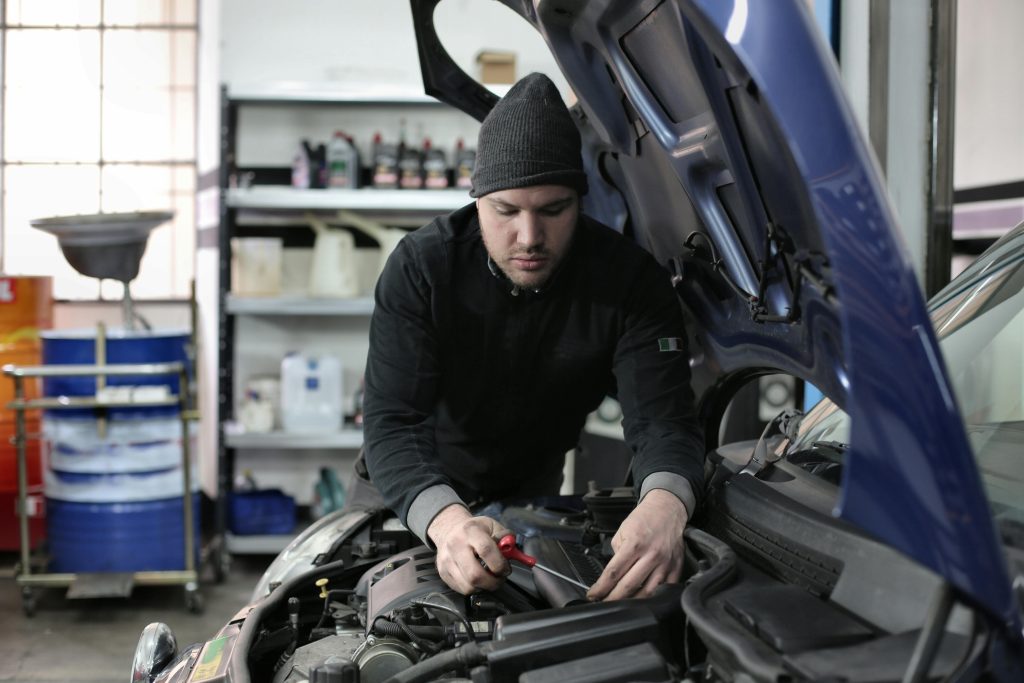Imported European vehicles demand precision maintenance. A high-end European vehicle oil service isn’t just a quick lube — it’s a detailed, manufacturer-aligned process that supports long-term performance, engine protection, and warranty compliance.
Premium Oil Service Steps:
- Drain and Replace Engine Oil (Full Synthetic Only)
- Drained using approved methods for vehicles with oil temperature sensors or electronic oil level monitoring.
- Refilled with OEM-approved full synthetic oil (e.g., VW 502.00, BMW LL-01, Mercedes 229.5 spec oil).
- Replace European-Spec Oil Filter
- High-efficiency oil filter (often cartridge-style) replaced with OEM or equivalent.
- Includes new O-rings, crush washers, or filter housing gaskets as required.
- Reset Oil Life Monitor / Service Indicator
- Use of factory diagnostic tools (OBD-II scanner or manufacturer software) to properly reset onboard service reminders.
Specialized System Checks (Tailored to Euro Models):

- Inspect and Top Off All Fluid Systems
- Coolant (G13/G12evo or manufacturer-specific)
- Brake fluid (often DOT 4+ or low-viscosity formulas)
- Power steering fluid (Pentosin or equivalent)
- Transmission fluid (if accessible and applicable)
- Washer fluid (winter-grade or deionized for sensor-equipped systems)
- Engine Air and Cabin Filter Inspection
- Many Euro cars have pollen filters or carbon cabin filters — important for HVAC health and air quality.
- Battery Check (AGM/Start-Stop Systems)
- Voltage and reserve capacity check, especially for AGM batteries in start/stop-equipped models.
- Terminal corrosion check and IBS (Intelligent Battery Sensor) inspection if applicable.
- Tire Inspection & Pressure Reset
- Inflate to manufacturer specs and reset TPMS (Tire Pressure Monitoring System).
- Many imports require this reset via infotainment or control modules.
Additional Checks (High-End Vehicle Considerations):
- Undercarriage & Oil Pan Inspection
- Check for leaks around oil pan, drain plug, and engine gaskets.
- Skid plates or engine covers reinstalled properly (some vehicles require full removal for oil access).
- Visual Inspection of Belts, Hoses, and Coolant Lines
- Some turbocharged or supercharged engines may have complex routing systems requiring close monitoring.
- Diagnostic Scan (Optional but Recommended)
- Run a scan using a manufacturer-grade scan tool to check for latent trouble codes, even if the check engine light is off.
Why It Matters for European Imports:
European vehicles often operate under longer service intervals, higher engine compression, and advanced performance systems. Using proper oil specs, filters, and diagnostic resets is essential to:
- Maintain manufacturer warranty
- Prevent timing chain wear and turbo issues
- Ensure performance and efficiency remain optimal
- Avoid check engine lights or service reminders returning shortly after